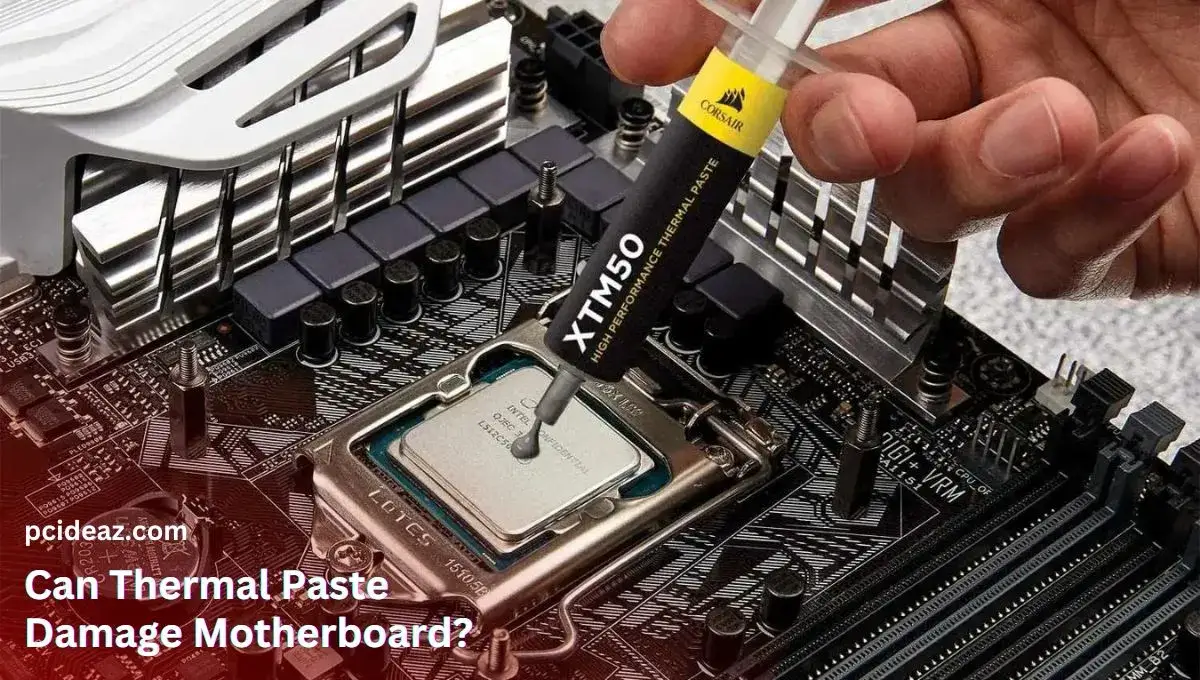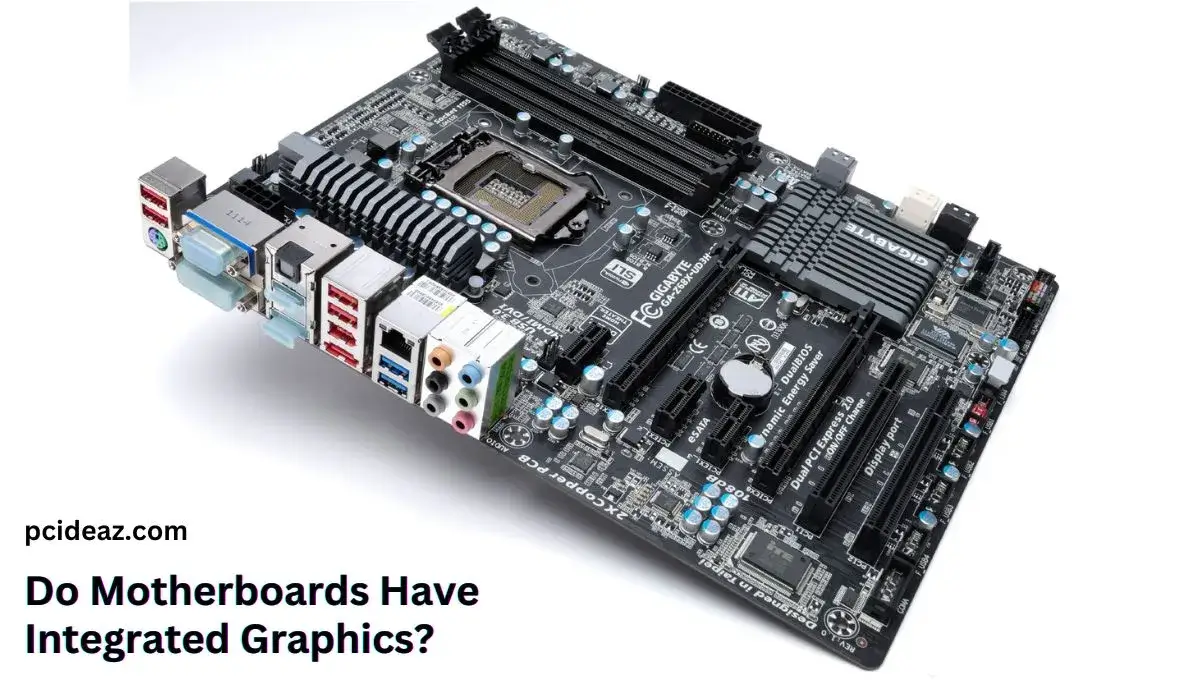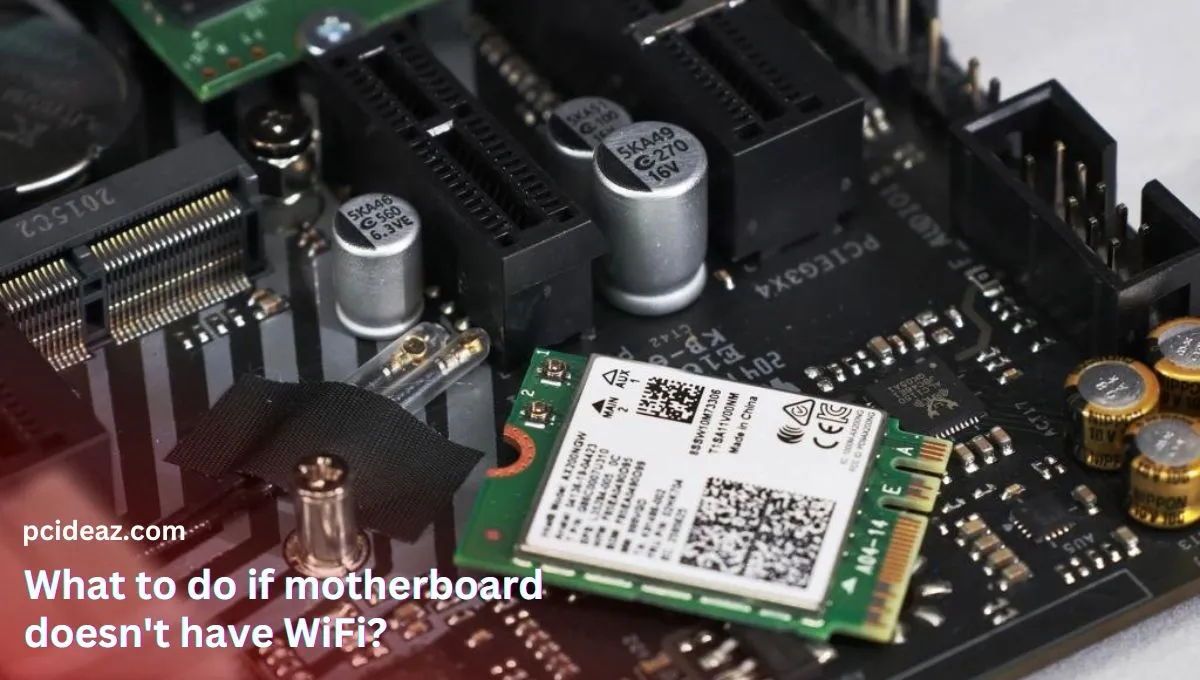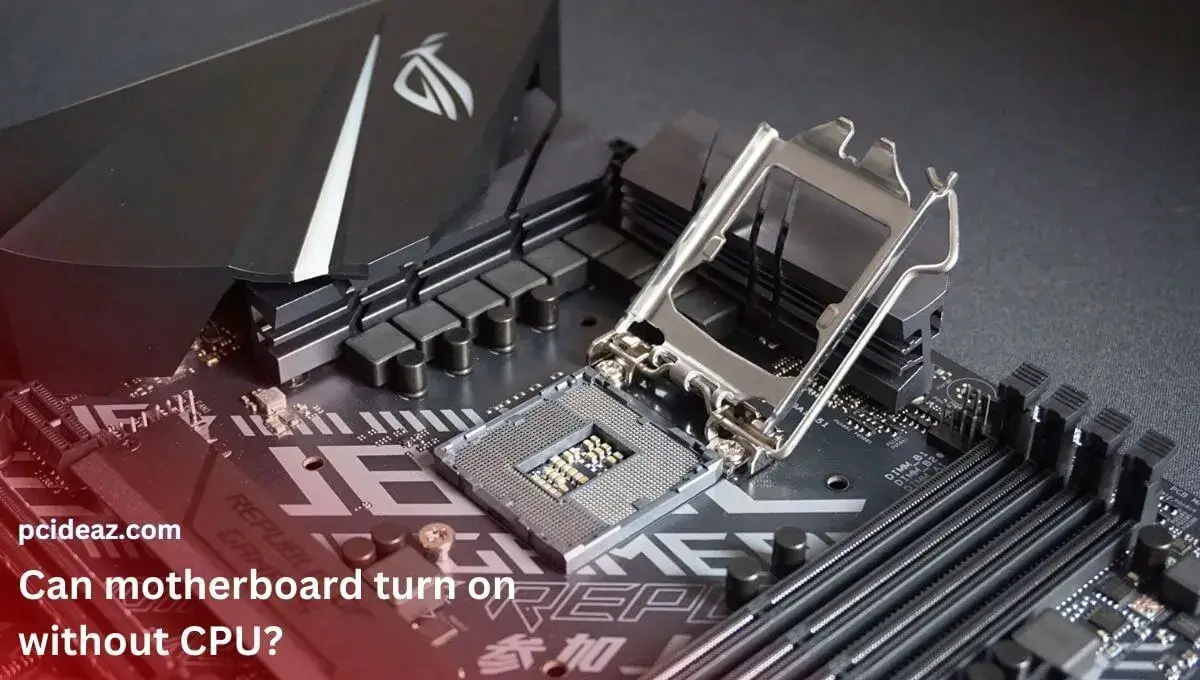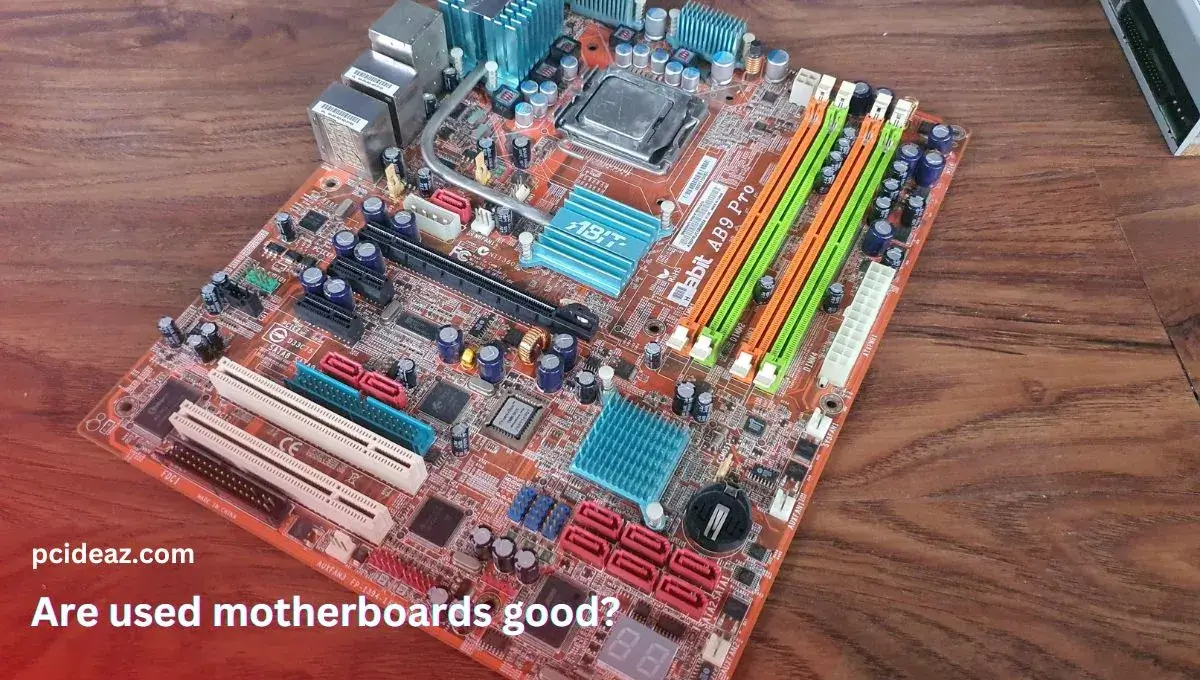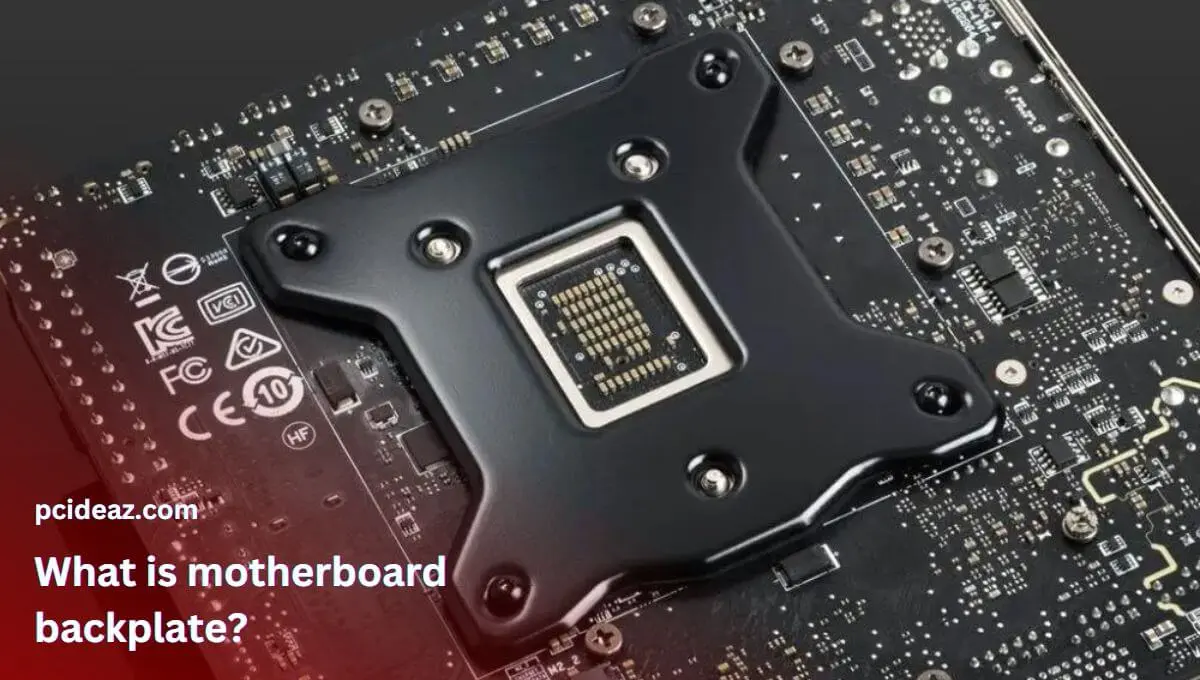When applied properly, the thermal paste should not damage a motherboard. However, suppose too much thermal paste is applied. In that case, it can potentially leak out of the sides of the processor and onto other components on the motherboard, causing a short circuit or other damage.
Similarly, if thermal paste is applied in a way that covers other components on the motherboard, it can cause overheating and damage to those components.
It is important to note that thermal paste is not conductive and should not cause a short circuit. However, some thermal pastes may contain conductive particles, such as metal, which can cause a short circuit if they come into contact with other conductive components on the motherboard.
Key Takeaways
- Proper thermal paste application should not damage a motherboard, but the excessive application can cause poor heat transfer, short circuit, and overheating.
- While the thermal paste is not conductive, some types may contain conductive particles that could cause a short circuit if they come into contact with other conductive components on the motherboard.
Potential Risks of Using Thermal Paste Inappropriately
There is no risk of the thermal paste damaging the motherboard, so the answer to can thermal paste damage motherboard is no in such a case. But it may cause a such issue if applied inappropriately. The following are the potential risks of incorrectly applying or using the thermal paste.
-
Damage to Components: If the thermal paste is applied incorrectly or in excessive amounts, it can cause damage to components such as the motherboard, processor, or GPU.
-
Short-Circuiting: Too much thermal paste can create a short circuit between two components, which can cause damage to the computer and other components.
-
Electrical Insulation: Thermal paste can also cause a buildup of electrical insulation, which can interfere with the functioning of other components.
-
Overheating: If the thermal paste is too thick, it can increase the temperature of the components and create a fire hazard.
-
Poor Heat Transfer: If the thermal paste is not of good quality or applied incorrectly, it can limit heat transfer from the components, leading to decreased performance.
-
Contamination: Thermal paste can also cause contamination of components and other components in the computer, which can affect performance.
Tips for Reducing Risks when Applying Thermal Paste
Follow the instructions on the thermal paste manufacturer’s website to ensure the proper thermal paste application.
-
Use only an adequate amount of thermal paste on the motherboard. Excessive amounts of thermal paste can cause it to leak out of the processor socket, causing an electrical short.
-
Use only high-quality thermal paste that is specifically designed for your processor.
-
Take help from a lint-free cloth to remove the excess thermal paste from the processor’s surface.
-
Inspect the processor and ensure all pins are clean before applying thermal paste.
-
Ensure that the heatsink and the processor are correctly connected and secured.
-
Allow the thermal paste to set for at least an hour before powering the system.
-
Monitor the temperature of your processor to ensure that it stays within the designed temperature range.
-
Replace the thermal paste if it begins to degrade in performance or if it changes color.
Frequently Asked Questions
What to do if thermal paste gets on motherboard?
To avoid any potential damage, it is recommended to use a small amount of high-quality, non-conductive thermal paste and apply it carefully and evenly onto the processor. It is also essential to clean off any excess thermal paste before installing the heatsink and ensure it is correctly secured.
What is the effect of using too much thermal paste?
Excess thermal paste can also lead to overheating of the CPU and other components, which can cause your computer to malfunction or be permanently damaged.
Can thermal paste cause issues?
Yes, the thermal paste can cause issues if applied improperly or if the wrong type is used. Some potential issues that can arise from using thermal paste include:
-
Poor heat transfer: If the thermal paste is not applied correctly or is of poor quality, it can limit heat transfer from the components, leading to decreased performance and potential overheating.
-
Contamination: Thermal paste can sometimes contain impurities or other substances that can contaminate other components in the computer, leading to performance issues.
-
Short-circuiting: If too much thermal paste is applied or comes into contact with other conductive components on the motherboard, it can potentially cause a short circuit, damaging the computer and its components.
-
Overheating: If the thermal paste is too thick or not applied evenly, it can increase the temperature of the components and potentially cause overheating, which can damage the computer and its components.
To avoid these issues, it is essential to use high-quality, non-conductive thermal paste and to apply it carefully and evenly onto the processor. Excessive application of thermal paste should be avoided, and any excess should be cleaned off before installing the heatsink.
